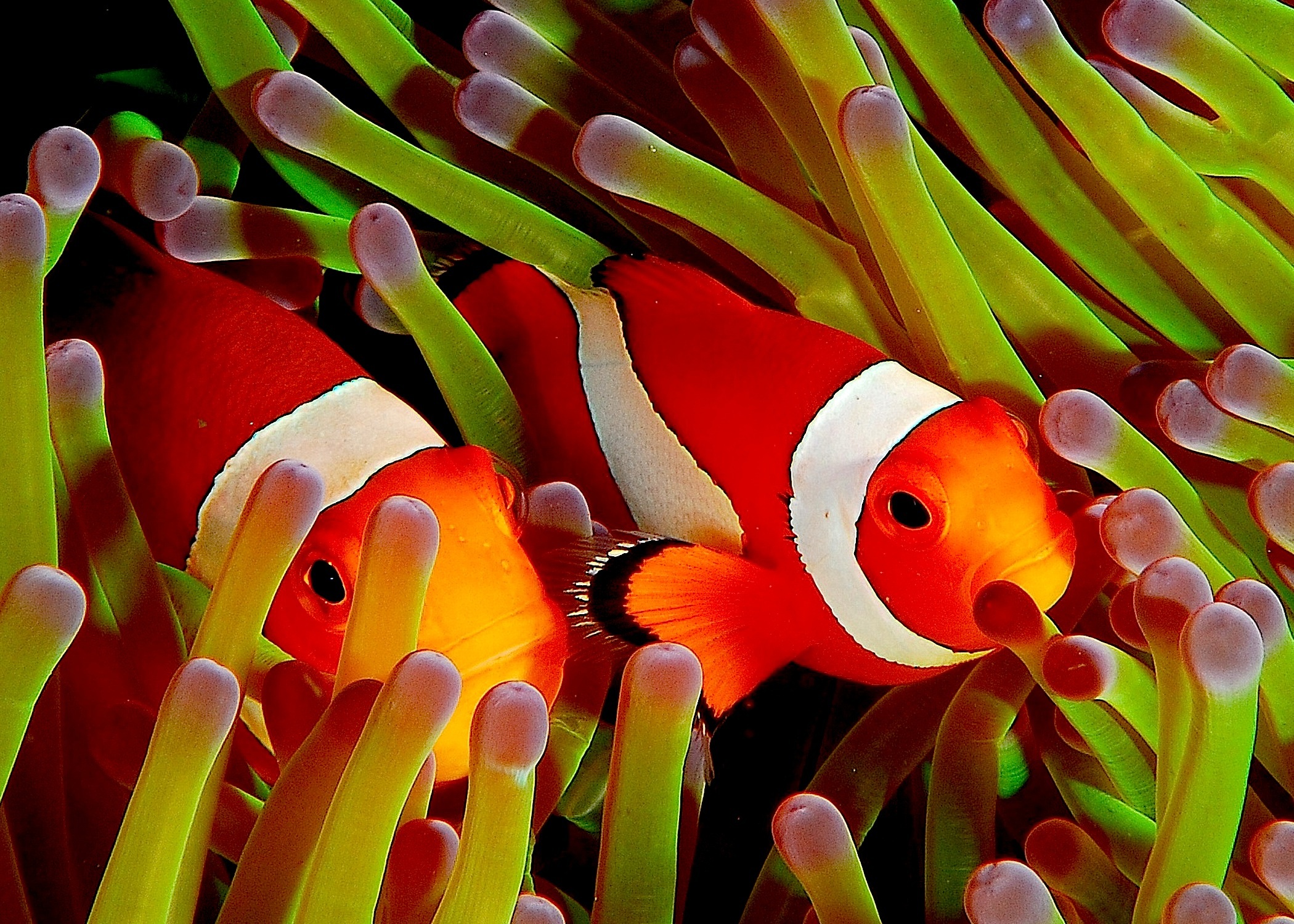
5 fascinating facts about clownfish How It Works Magazine
The diet of the common clown fish is largely made up of algae and small invertebrates (such as zooplankton and marine isopods); however, parts of organisms killed by the host anemone, as well as cast-off parts of the anemone itself, are also consumed.. Reproduction. All common clown fish are born with immature male and female sex organs, and each individual has the ability to change sex.
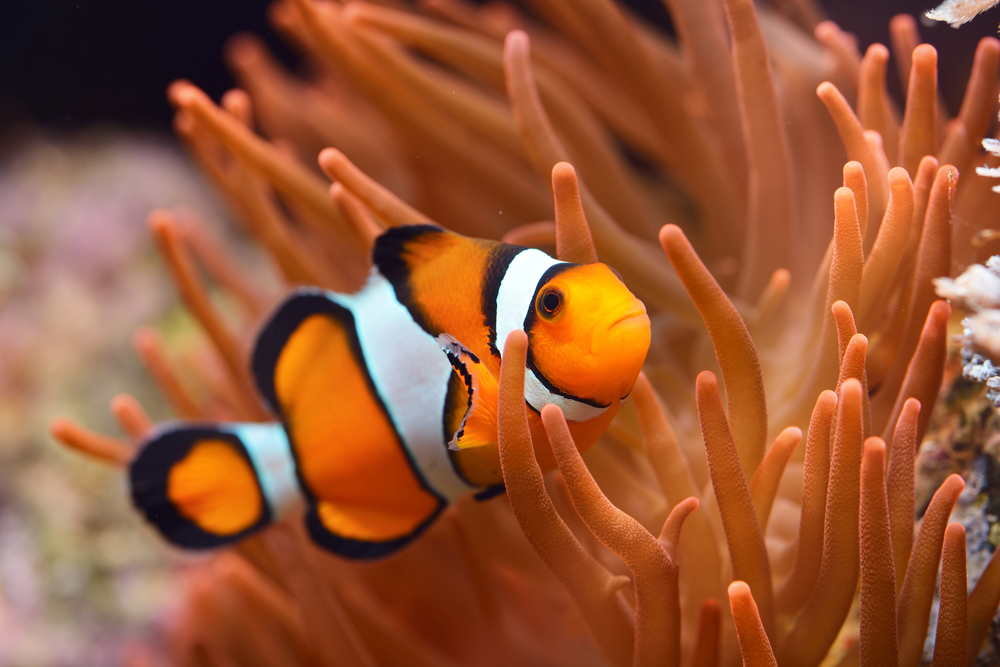
Facts About Clownfish Live Science
A clownfish can stay as much as 10 years, which is one of the interesting facts about Clownfish. Clownfish make up 40% of marine decorative commerce. The fish are both captured from the wild or bred in captivity. Percula clownfish introduces itself to the anemone by performing a dance.
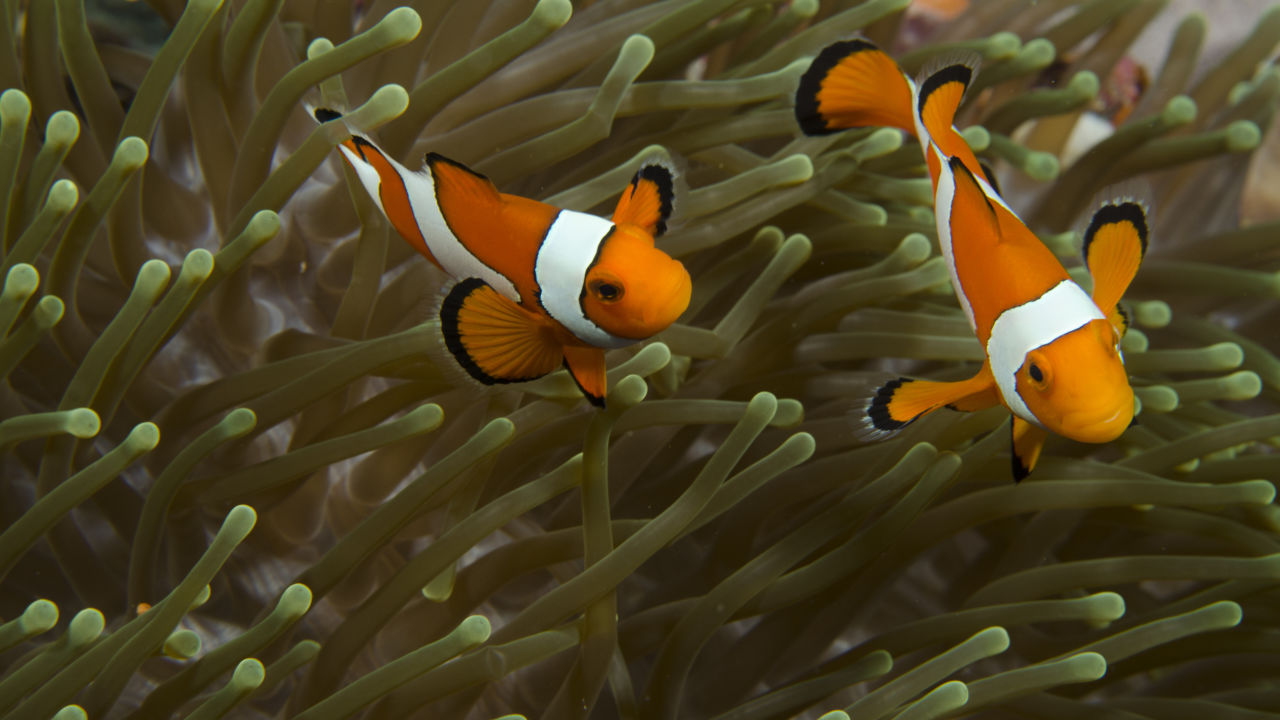
Clownfish Facts Great Barrier Reef Foundation Great Barrier Reef
Clownfish, or anemonefish, are a group of tropical reef fishes found in the warm waters of the Indian Ocean, Red Sea and western Pacific Ocean. There are 30 recognized species of clownfish, all but one of which belong to the genus Amphiprion. The only species in the genus Premnas, the maroon clownfish, is distinguished from all other clownfish.

Interesting Facts About Clownfish
Clown fish are a sub family made up of 28 different species. Nemo is a false clownfish or a clown anemonefish. True anemonefish/orange clownfish look very similar but live in different habitats. Their most distinctive traits are their orange bodies, three white bands with a black outline and black tips around the fins. They are small animals.

Clownfish Fun Facts The Living Aquarium
1. There are 30 different types of clownfish species. Yes, that's right, there are over 30 subspecies of clownfish! Incredibly, out of all these species, the smallest is the true percula clownfish (4.3 inches/11 cm long), and the largest species is the maroon clownfish (7 inches/18 cm long). 2. Males can become female. That's right!
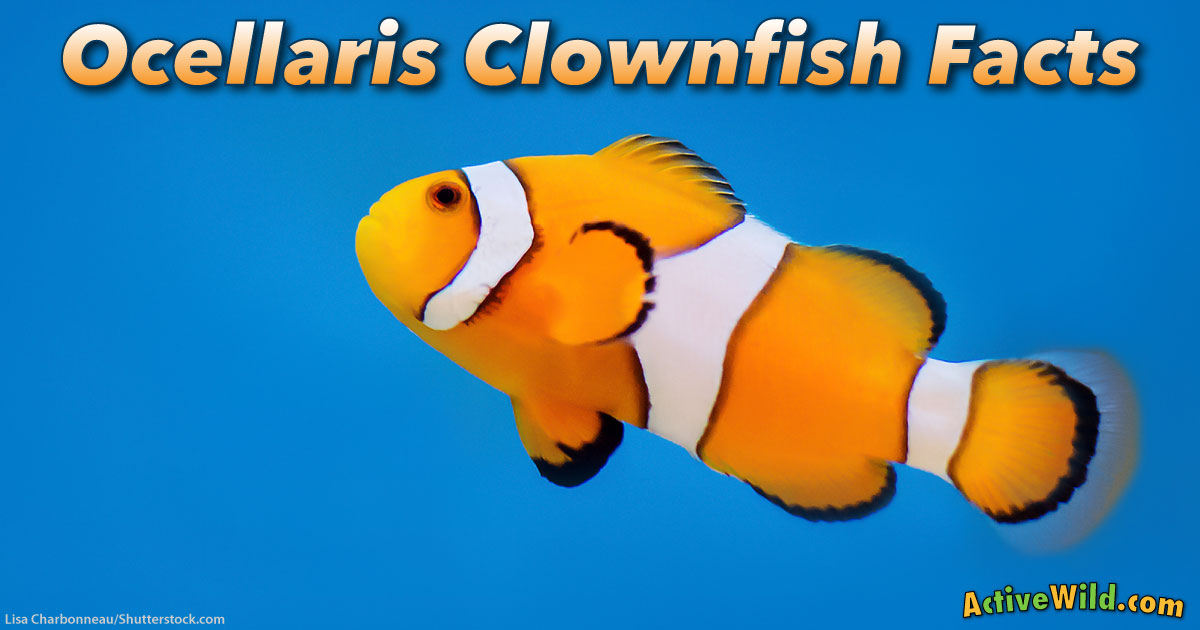
Ocellaris Clownfish Facts For Kids The Real Life Fish In Finding Nemo
Clownfish or anemonefish are fishes from the subfamily Amphiprioninae in the family Pomacentridae.Thirty species of clownfish are recognized: one in the genus Premnas, while the remaining are in the genus Amphiprion.In the wild, they all form symbiotic mutualisms with sea anemones.Depending on the species, anemonefish are overall yellow, orange, or a reddish or blackish color, and many show.

15 Fascinating Clownfish Facts And Information For Kids Clown fish
Clownfish are social fish, communicating through popping and clicking noises. They live in groups of male fish with one dominant female, a dominant male, and a group of smaller males. The dominant male ensures its position by taking the best food opportunities. If the female of the group dies, the dominant male fish will turn permanently female.
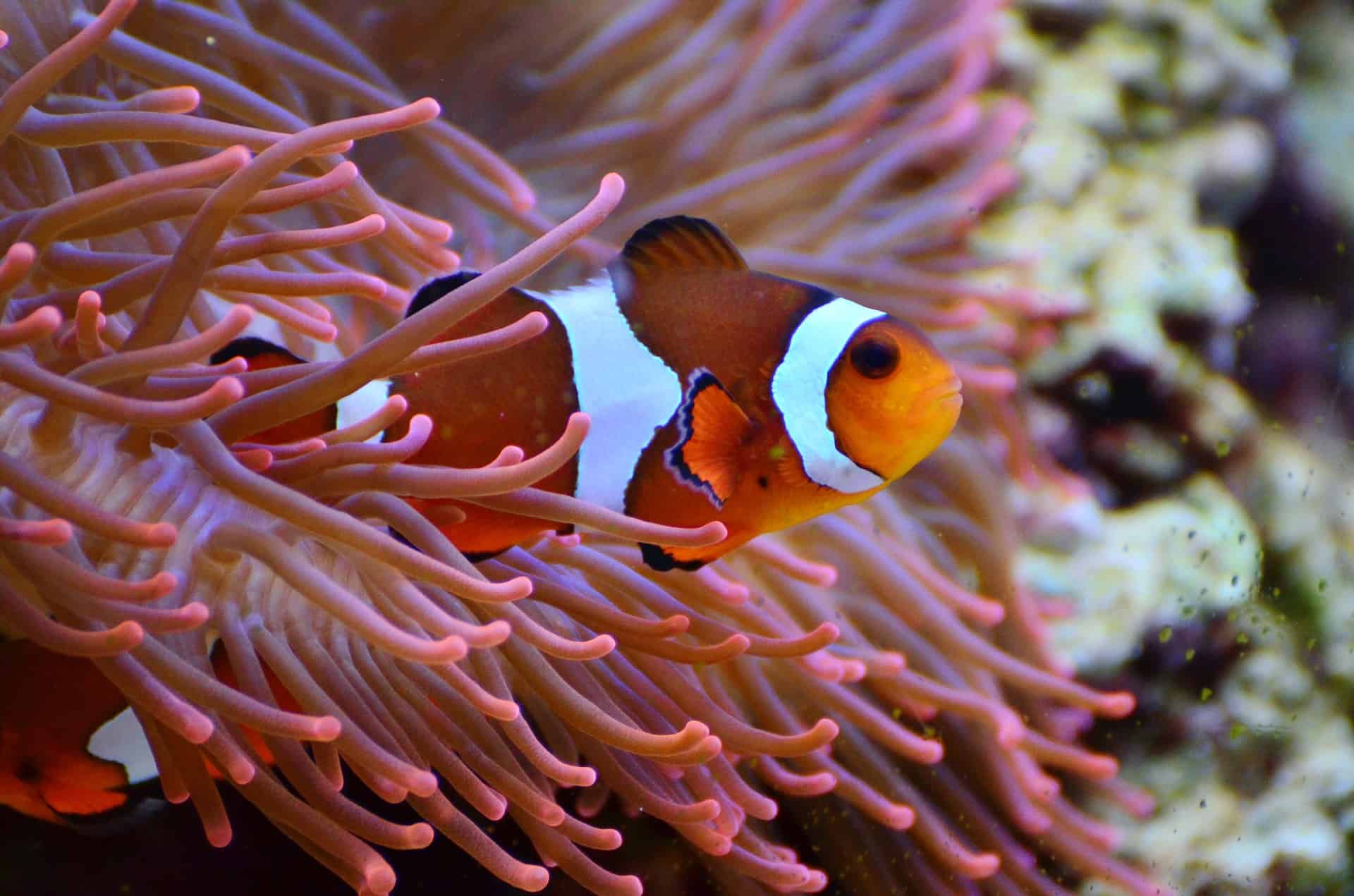
Top 17 Clown Fish Facts Diet, Habitat, Types & More
Here are six lesser-known facts about this interesting species, as well as some care guidelines for prospective owners that can make caring for your clownfish easier.
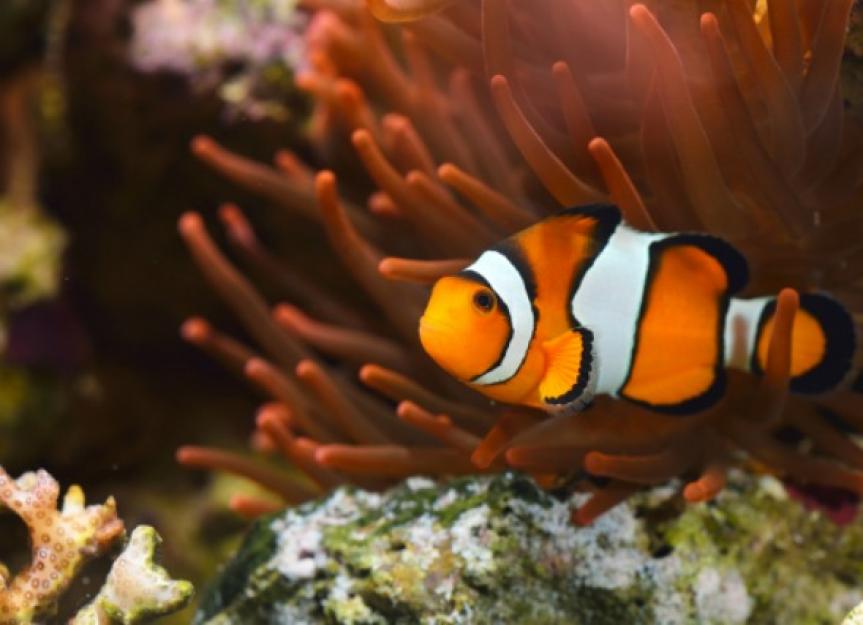
6 Facts About Clownfish PetMD
Clownfish live up to 10 years in the wild but on average up to 6 - 8 years. Females lay around 1000 eggs, the male clownfish will guard the eggs. Clownfish make up over 40% of the global marine ornamental trade. The fish are either bred in captivity, or captured from the wild. The main character in the 2003 animated film Finding Nemo, was a.
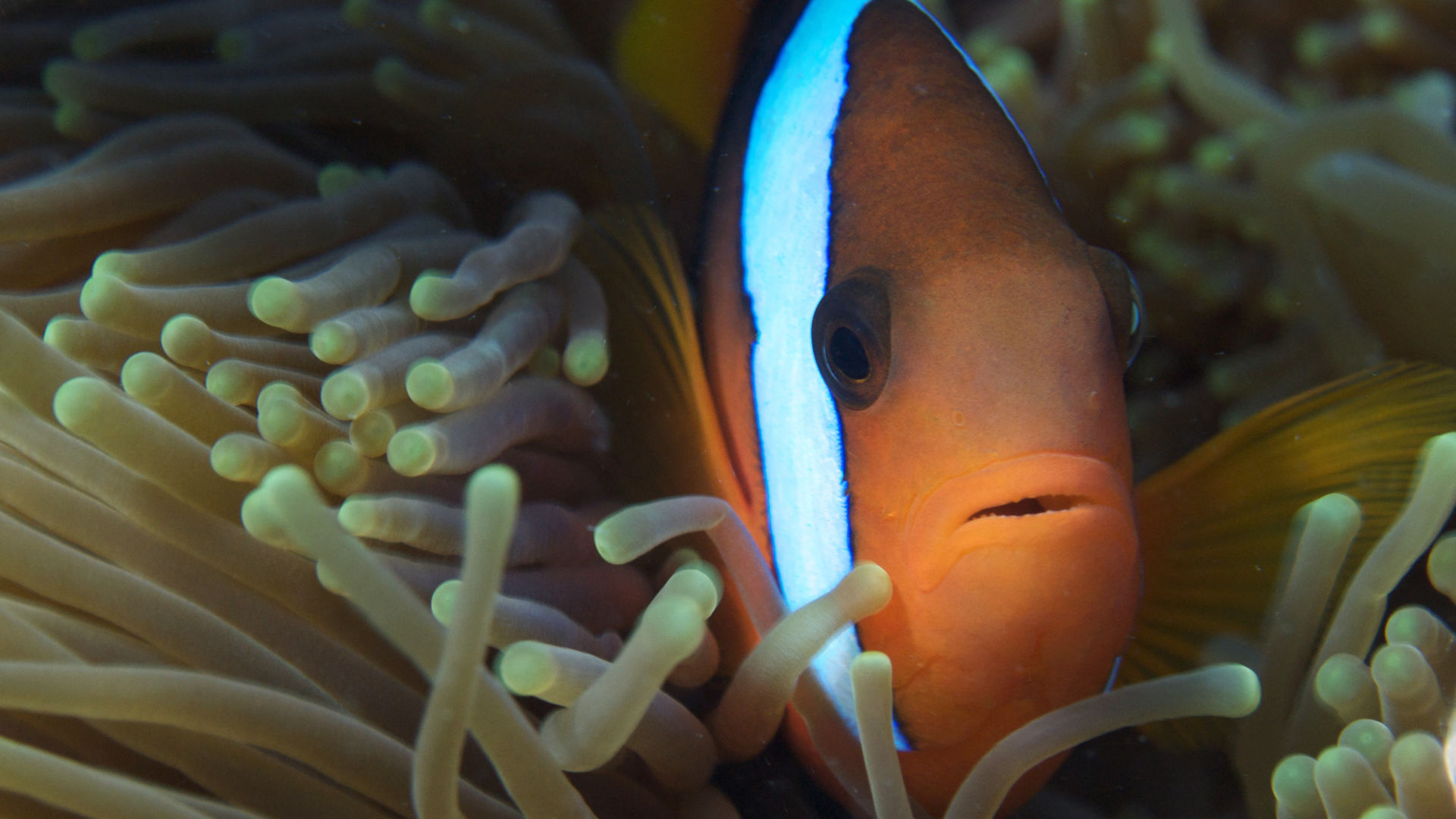
Clownfish Facts Great Barrier Reef Foundation Great Barrier Reef
©Jon Radoff / CC BY 2.5 - License The scientific name for the false clownfish is Amphiprion ocellaris.The term Amphiprioninae is derived from Greek, with "amphi" meaning "both sides" and "prion" meaning "saw.". Amphiprion is a genus of ray-finned fish that makes up all but one of the species of clownfish or anemonefish in the subfamily Amphiprioninae of the family Pomacentridae.

Infographic 10 little known facts about Clown fish MaritimeCyprus
This is one of the most interesting facts about clownfish. The clownfish stays attached to the anemone until it dies. Once the clownfish has died, the anemone releases its toxins into the water. The toxins cause the clownfish's skin to turn black. Some clownfish live in symbiosis with other animals.
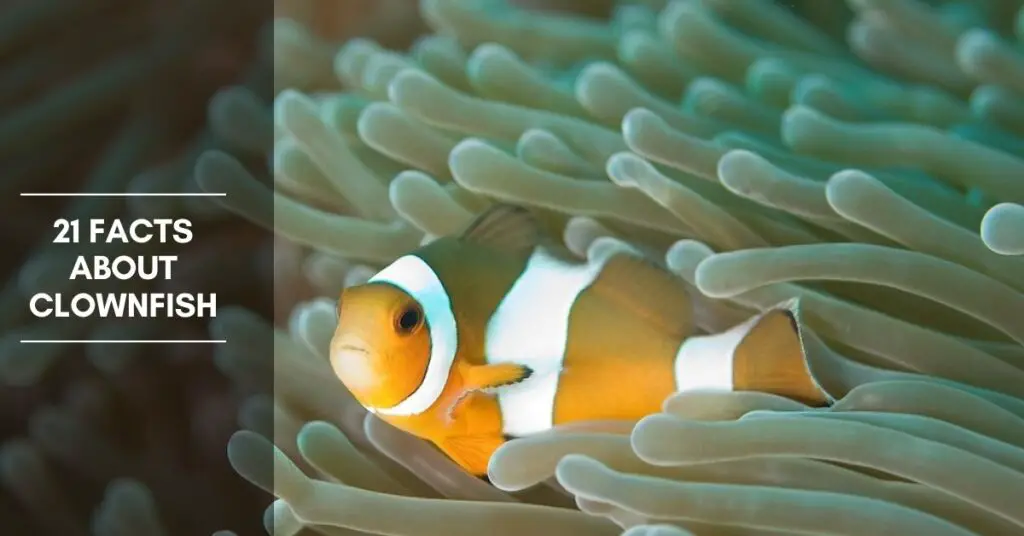
21 Facts about Clownfish and More a Lot of Information
Habits. All anemonefish, including clownfish, are hermaphrodites. They are all born male, according to National Geographic. They have the ability to turn themselves female, but once the change is.
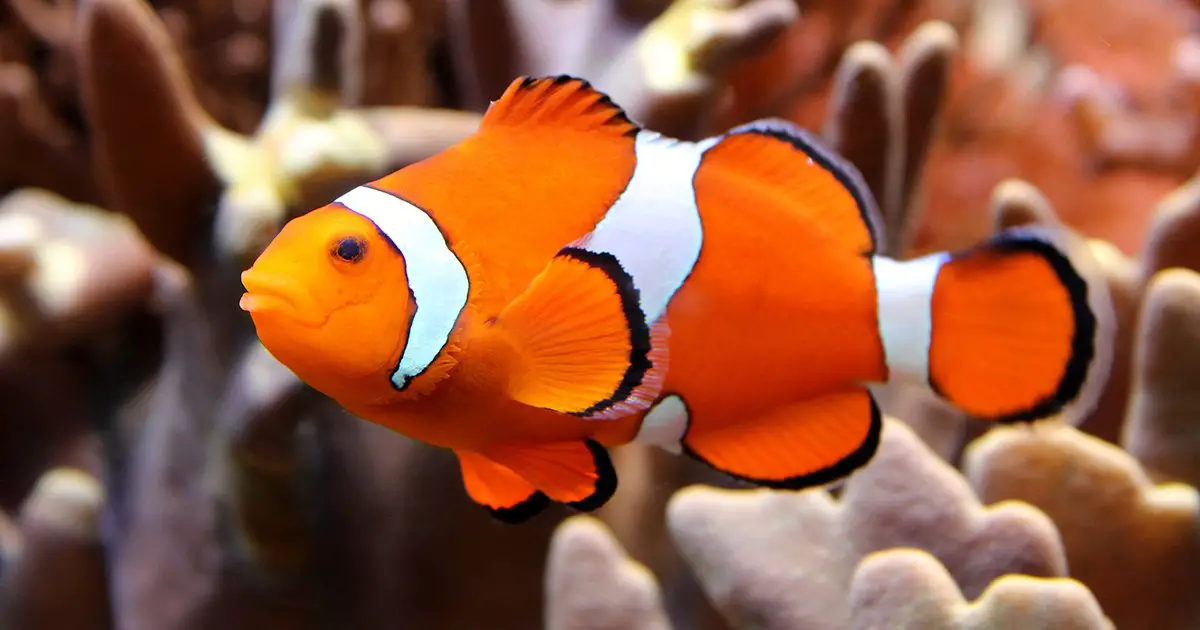
Ocellaris Clownfish The Animal Facts Appearance, Diet, Habitat, Range
This is a one-way switch. Clownfish are known for their vivid hues, however they can also be seen in black with white stripes. They are diametrically opposed to their orange counterparts. In a single birth, female clownfish can deposit up to 1000 eggs. Clownfish males are devoted partners and caring fathers.

Clownfish Facts the FISH from FINDING NEMO (sort of) 🐠 YouTube
Clown fish is the name of several types of fish that live in tropical oceans . They also are called anemone fish because they live among sea anemones . Their unusual habitat and bright coloring have made them popular aquarium fish.
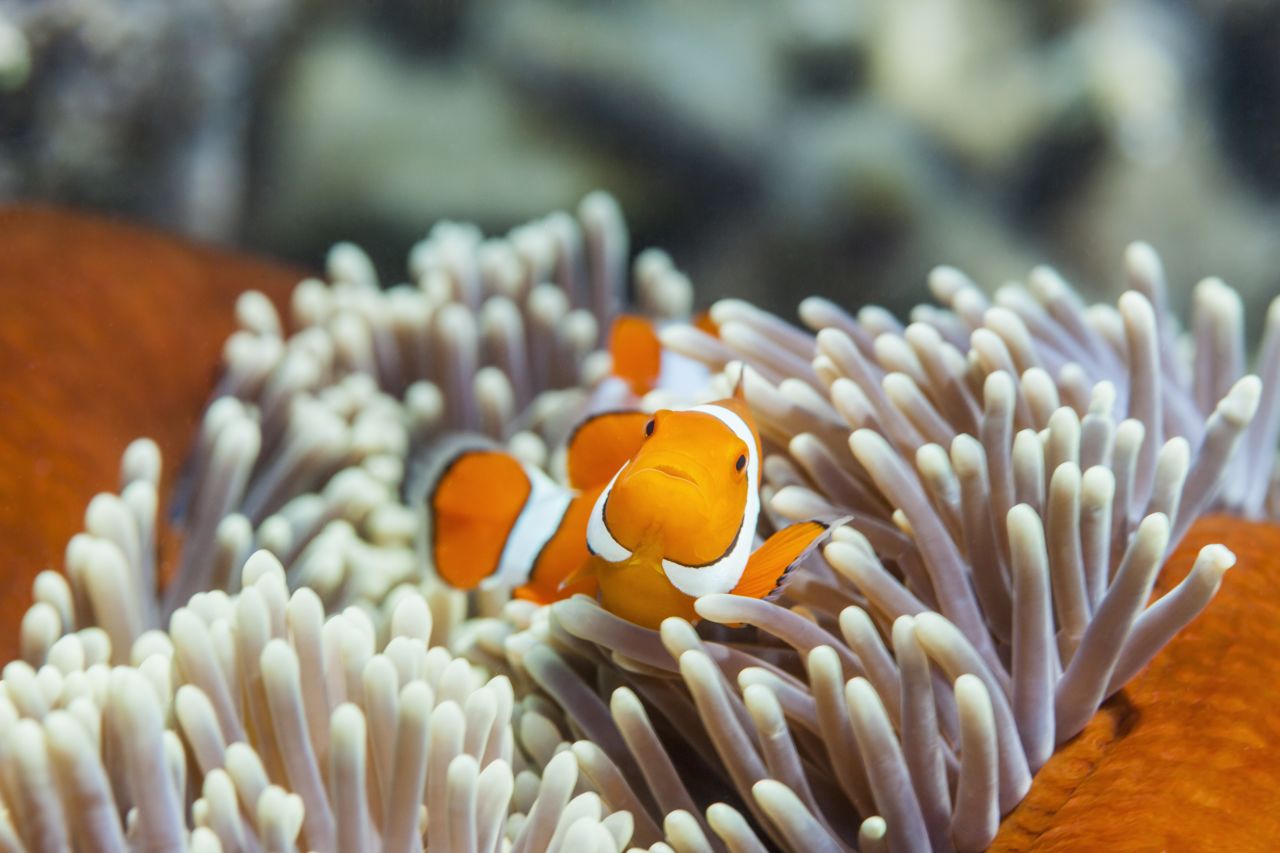
Clownfish Facts Great Barrier Reef Foundation Great Barrier Reef
There Are 28 Species of Clown Fish Clown Fish. There are 28 recognised species of anemone fish, or clown fish, according to clown fish facts. They are mostly found in tropical coral reefs in the Indian and Pacific Oceans.The clown fish can be found as far north as the Red Sea and is a popular fish people like to see when exploring the famous Great Barrier Reef off the east coast of Australia.
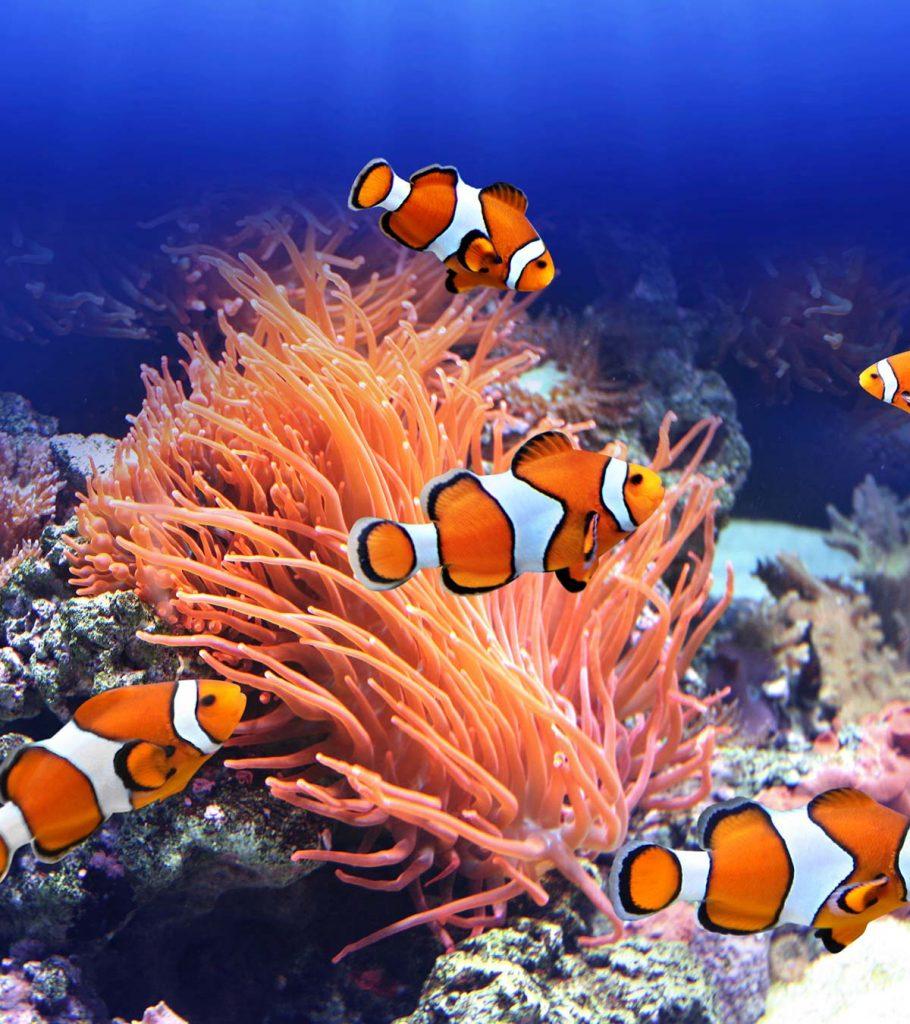
12 Fascinating Clownfish Facts And Information For Kids
10. The Two Most Known Clownfish Are The Ocellaris Clownfish And Clarks Anemonefish. The common clownfish, ocellaris clownfish, is the most well-known species. ©Jung Hsuan/Shutterstock.com. While there are many different subspecies of clownfish, there are two species that are the most common or popular.